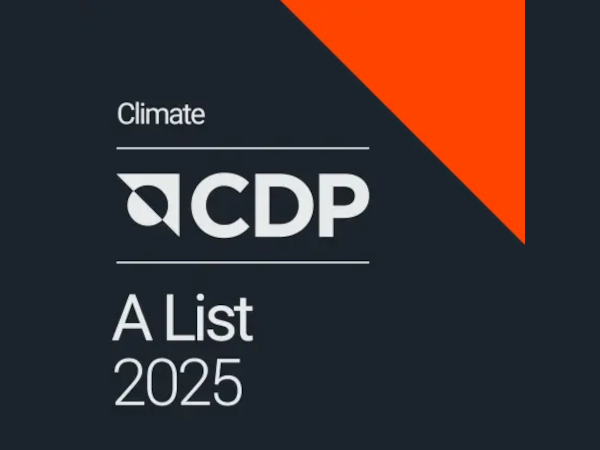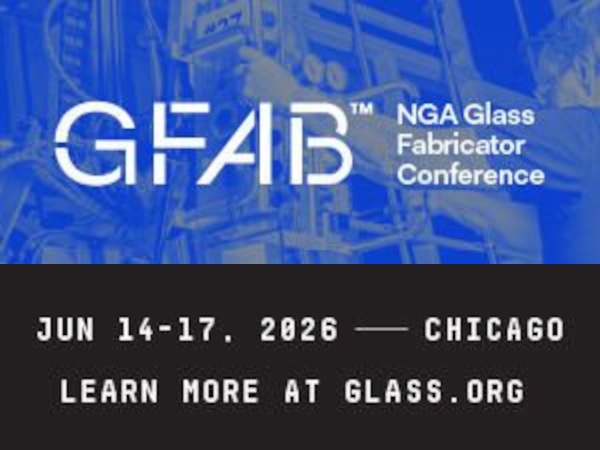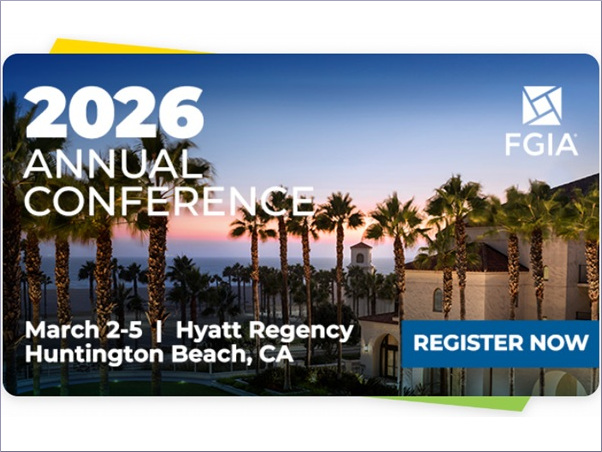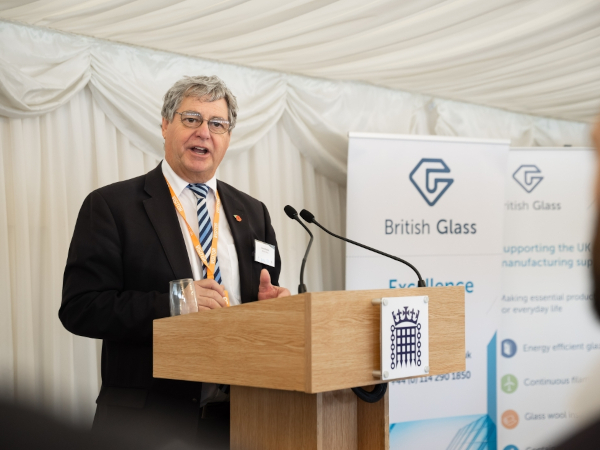
Date: 19 December 2023
On 15 December, Glass for Europe contributed to the Stakeholder Request Mechanism on the EU Taxonomy launched by the Platform on Sustainable Finance and the European Commission.
The EU taxonomy is a classification system which aims at providing clarity on what environmentally sustainable activities are and under which circumstances. Since the regulation entered into force in July 2020, several delegated acts have been adopted to specify the activities which can qualify as sustainable and helps investor and companies direct their investments, plan and report on the green transition.
If the flat glass sector is very satisfied that windows were included as part of the “energy efficiency equipment for buildings” which bring substantial contribution to climate change mitigation, Glass for Europe regrets that a single U-value of 1,0 W/m2K (for thermal transmittance) was set for all the EU. Indeed, a unique U-value for windows across Europe does not allow for climatic conditions to be reflected whereas these conditions strongly impact the type of windows which must be installed into buildings to deliver maximum carbon efficiency.
In its contribution, Glass for Europe consequently underlines the necessity to adapt the U-value to the geographic zones defined by the European Commission in the nZEB Recommendations (2016) and the EPBD recast proposal (2021), namely Mediterranean, Oceanic, Continental and Nordic. It would ensure that windows and glazing manufacturers from the Mediterranean and Oceanic regions – though perfectly capable to manufacture windows with U≤1,0 W/m2K value – can qualify high energy performance products (with a slightly higher Uw value and specific g-values) perfectly adapted to their local markets. To better reflect this situation, the adaptation to climatic zone could be as follow:
- Mediterranean: 1.4W/m2K
- Oceanic:1.4W/m2K
- Continental :1.0W/m2K
- Nordic:0.9W/m2K
The paper also insists on the role of the g-value (solar energy transmittance) in assessing the performance of windows. Taking this into consideration would allow, for instance, solar control or heat reduction to be taken into account. Such finetuning is in line aligned with the ambition of the EU taxonomy while supporting the EU Renovation Wave strategy and the decarbonization of the EU building stock.
Submitted requests will be processed by the Platform’s Technical Working Group in the coming months.
Read Glass for Europe’s contribution here.
 600450
600450








Add new comment